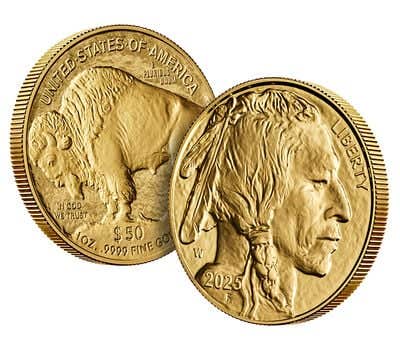Viewpoint: It’s all about those mintage, population numbers
When I was a kid, I learned that rarity and condition were the two factors that determined value. Very old coins could be common because they are numerous. Modern coins…
When I was a kid, I learned that rarity and condition were the two factors that determined value.
Very old coins could be common because they are numerous. Modern coins can be rare because few were made, or the mintage was melted.
It is all about the numbers.
Consider an email in my inbox this morning.
“As a silver Eagle collector, I have three questions I hope you can help me with.
“#1. I am curious, why in the early years of issue 1988-1990, the MS-70 coin values are higher than the Proof-70 and in the later years 2015 to 2017 the proofs have a higher value than the MS-70?”
My response to this first question about Eagle coins of very high quality puts the focus on numbers.
Look at the population reports published by the major grading services to check how many coins have been slabbed.
Those with lower population numbers in the top grade are more valuable than those with higher numbers.
Back in 1988-1990, there was a reluctance to use the 70 grade because it was almost an object of worship. There is no such reluctance shown in recent years.
Proofs are not automatically more valuable than a Mint State coin. It is not a military rank that always outranks mere Mint State.
Check some of the late 19th century issues when collectors saved proofs and ignored uncirculateds, leaving modern collectors with fewer Mint State coins and more proofs.
Pricing of these coins is done according to the numbers that indicate relative scarcity.
Pricing of modern Eagles is done the same way.
“#2. When I attended a trade show years ago, some dealers thought the assigning of MS grades to modern bullion silver coins was not worthwhile. Do you think that is still the opinion of some dealers?”
To answer that, you have to consider the larger point dealers are trying to make.
If every current collector has his Eagles slabbed, and they are nearly all 69 or 70, both in proof and MS, these top grades are not going to be particularly valuable. But it is understandable why a collector would be proud to own them rather than some run-of-the-mill unslabbed coin.
If the dealers years ago were addressing the question of using Eagles as a means of accumulating silver, then they were quite right.
Having the coins graded merely adds an additional cost to the ounce of silver that buyers probably won’t recover when they go to sell these coins.
In this case, buyers are acquiring plastic holders when their intention is to buy as much silver as possible.
Quality matters, but if this generation of collectors puts away millions of 70-graded coins, they will never compare in rarity to coins of the past where that grade is virtually impossible to find.
The third and last question is:
“#3. Do you find any current correlation between the changes in the spot price of silver and the changes in value for most silver coins in the MS-60 to -70 price range?”
For the plentiful issues, which is most of them from the last 50 or 60 years, the answer is the price of silver does strongly affect the price of graded silver coins.
For the rare issues, it does not.
To determine what is rare, look at the population reports.
They are important resources provided by grading firms.
This “Viewpoint” was written by Editor David C. Harper for his daily blog, “Buzz.”
Viewpoint is a forum for the expression of opinion on a variety of numismatic subjects. To have your opinion considered for Viewpoint, write to David C. Harper, Editor, Numismatic News, 700 E. State St., Iola, WI 54990. Send email to david.harper@fwmedia.com.
This article was originally printed in Numismatic News. >> Subscribe today.
More Collecting Resources
• The 1800s were a time of change for many, including in coin production. See how coin designs grew during the time period in the Standard Catalog of World Coins, 1801-1900 .
• The Standard Catalog of United States Paper Money is the only annual guide that provides complete coverage of U.S. currency with today’s market prices.









